In 2024, humanity once again witnessed a boom in robotics. This is predicted to intensify in 2025 and beyond, along with the development of robots, cobots, and AI (artificial intelligence) robots. So, how will this impact human life? Will it be a disaster or an opportunity?
Many people don't know that Europeans were already thinking about robots around the 18th century. In Japan, karakuri (mechanical) dolls were crafted during the Edo period (1603-1868). After the 20th century, in 1954, a robot capable of lifting and placing objects was patented in the United States. From then on, the concept of industrial robots officially emerged.
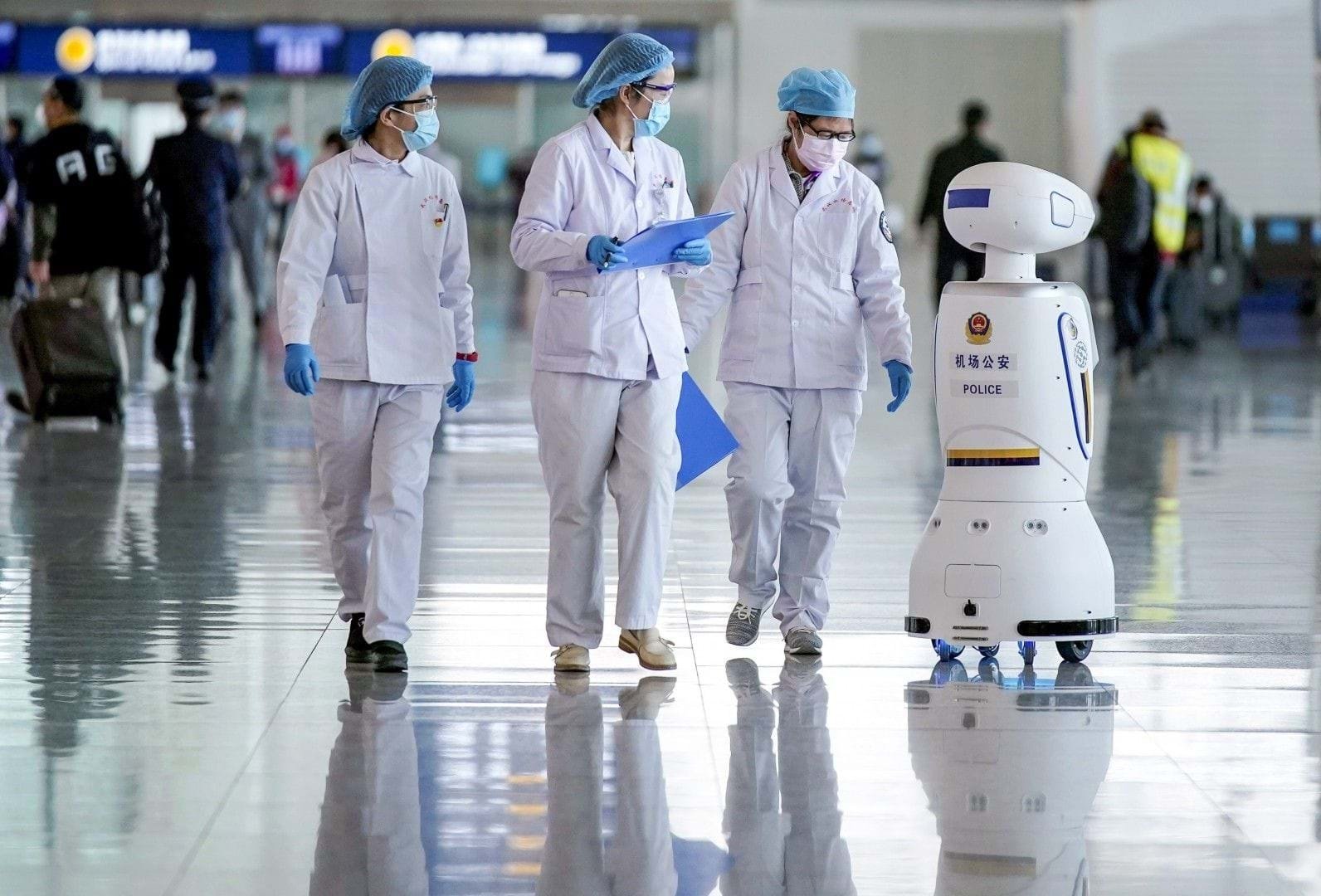
Industrial robots and cobots
In 1973, WABOT-1, the world's first humanoid robot, was developed at Waseda University (Japan). In 1969, Kawasaki Heavy Industries, Ltd. launched Kawasaki-Unimate 2000 – the first industrial robot. Industrial robots became popular in the 1980s. Along with the development of industrial robots, their practical applications in daily life to assist humans have become widespread.
In 1999, the AIBO robot, resembling a small dog, was created by Sony Corporation. AIBO was programmed to learn mechanically from its own experiences and from its owner's training. In 2000, the ASIMO robot, capable of walking proficiently on two legs, was launched by Honda Motor Co. By 2004, it was able to run.
To date, robots have truly become human assistants, constantly being improved and upgraded. They have "moved out" of factories, hospitals, and warehouses and into people's homes. While in 1980 there were about 4,000 robots in the US, that number had risen to 3.5 million in regular use by December 2024 (not including smaller robots in households).
Today, industrial robots are quite familiar. History records George Charles Devol Jr. (1912 - 2011), the American inventor who created Unimate - the first industrial robot. Before that, in 1940, the 28-year-old Devol had begun thinking about introducing automation into factories. However, it wasn't until 1954 that the idea of an industrial robot became clear when Devol met Joseph Frederick Engelberger, a businessman, and convinced him of the potential of his idea.
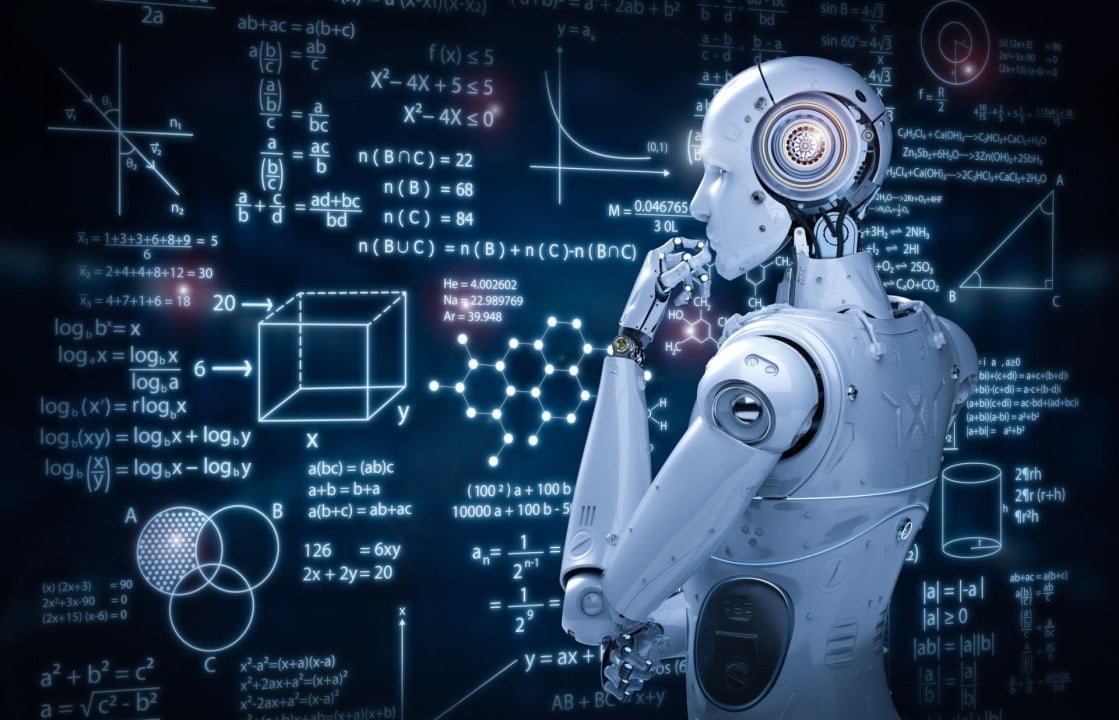
In 1960, Devol successfully produced the world's first experimental industrial robot, called Unimate, with a total research and development cost of $5 million. Unimate attracted the attention of American automakers, especially General Motors – a giant in the automotive industry at the time – which was looking to automate its factories. That same year, Devol sold its first Unimate robot.
In 1966, following its initial successes, large-scale robot production began. In 2005, Popular Mechanics magazine selected Devol's Unimate as one of the top 50 inventions of the past 50 years.
This raises the question: What exactly is a cobot? What are the differences between a cobot and a traditional robot?
Michael Peshkin, a professor of mechanical engineering at Northwestern University in Illinois, along with J. Edward Colgate, coined the term "cobot." "Cobot" is an abbreviation for collaborative robot. Cobots are characterized by their single or double articulated arms, compact size, and light weight, making them highly efficient in manufacturing, particularly in the automotive, medical, metalworking, food, and plastics industries.
Essentially, a robot is an automated machine that performs a task in a factory without human intervention. A cobot, on the other hand, is a type of intelligent robot that performs tasks with human assistance; it can sense forces and movements provided by the worker and is equipped with advanced visual computing capabilities.
Cobots are considered a "next-generation" of robots designed to work safely with humans. They have integrated sensors and safety systems, allowing them to immediately cease operation upon detecting danger. Cobots also offer significant advantages over traditional robots in fields such as agriculture and education, and in performing tasks related to the transportation and storage of goods.
Most recently, two Danish technology companies (Universal Robots and Mobile Industrial Robots) opened the first dedicated cobot headquarters in Europe to promote the field of robotics collaboration with humans.
Anders Billesoe Beck, Vice President of Strategy and Innovation at Universal Robots, stated: "Artificial intelligence (AI) is undoubtedly a breakthrough in robotics. It's a tool that combines human reasoning with autonomous machines, and it truly is the solution for the robotics industry today when elevated to the level of cobots. AI is a super-tool that not only makes them easier to program but also gives them problem-solving capabilities and flexibility inherent in human intelligence."
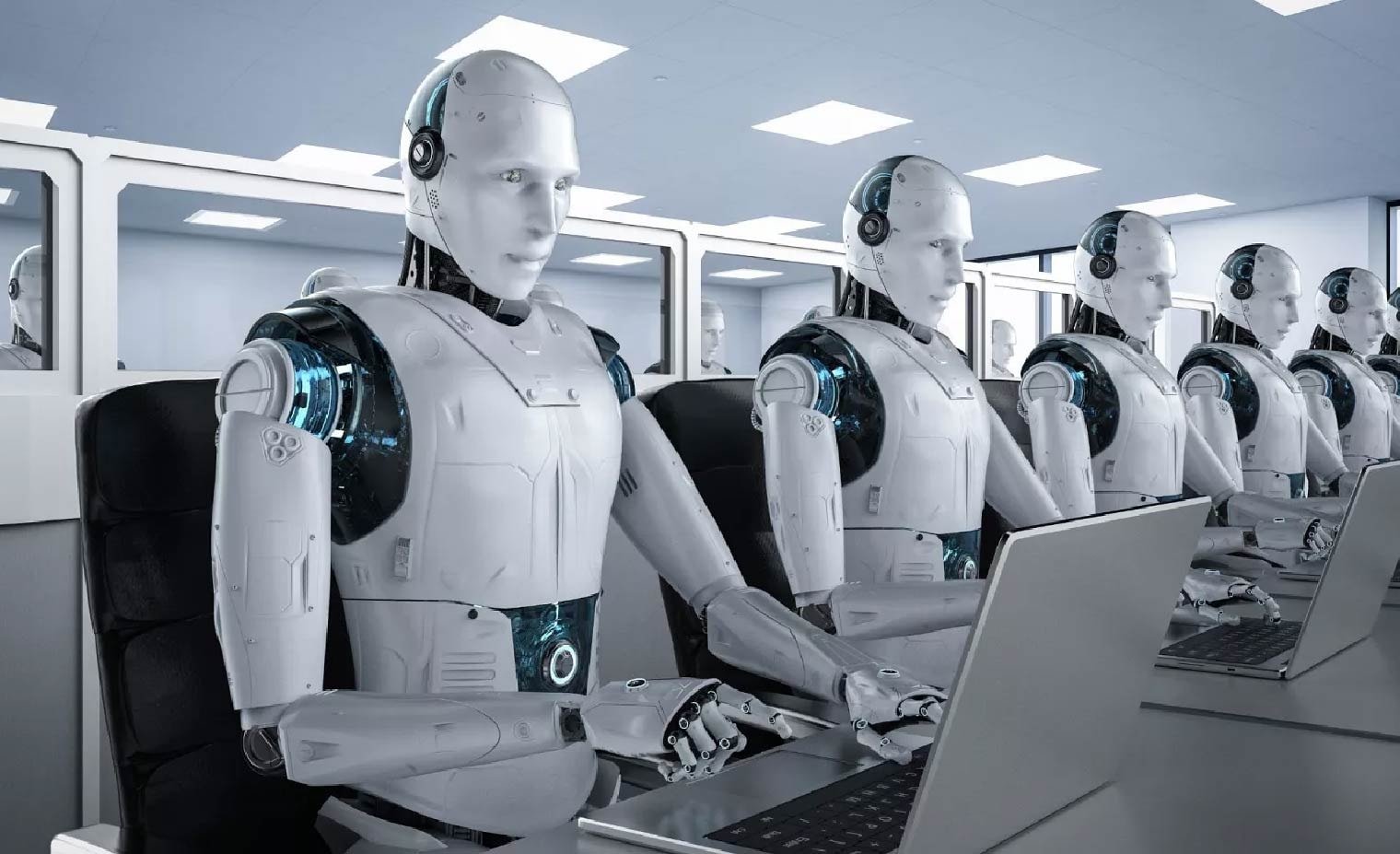
Can robots make humans less lonely?
Depression, cognitive decline, imbalance... are considered modern-day illnesses. To address these, for many years the Japanese have been working to eliminate the concepts of "uchi" - being part of a group and "soto" - being outside the group, recognizing the importance of social cohesion.
Statistics show that Japanese people have one of the highest rates of solitude in the world. 18.4 million people, or about 14% of the population, live alone. One in five Japanese people will never marry because they don't even have the opportunity to date due to their busy schedules.
However, the silence and loneliness of the Japanese people are now being broken by a few beeps and sounds from companion robots. First, there's the tiny and cute Kirobo Mini robot from Toyota. This robot can accompany its owner inside the car. Its software can automate and react to human emotions. Another robot, called "lover" - Lovot, is the size of a cat. Lovot's popularity speaks to the human need for affection.
Gillian Burns, a psychologist at Yale University, believes Lovot has the potential to enrich lives, helping people feel more confident about leaving home and work to interact with others. "Lovot was created for only one reason – to be loved," Burns says, noting that Lovot retails for around $2,800.
Meanwhile, creator Hiroshi Ishiguro (Osaka University) believes that the time will come when the robot Erica will have a soul and be able to converse with humans. “There will come a day when you won’t be surprised to see robots walking around in nature, and what’s really interesting is how subtle they are in interacting with humans. And that’s something we all need,” Professor Ishiguro said.
Richard Pak, a scientist at Clemson University who studies the intersection of human psychology and technology design, including robotics, said: "I'm not sure what the future holds and there are still many questions surrounding companion robots. But it's very possible that it will be an irresistible trend."
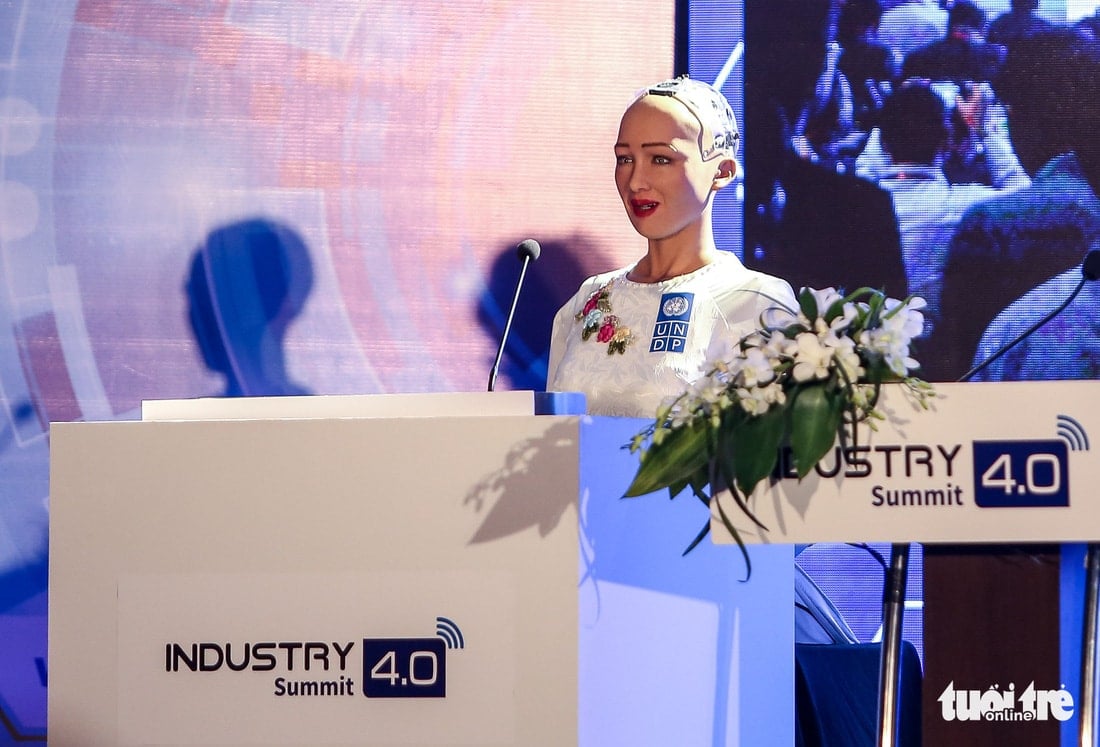
Robots in human form
As an optimistic scientist and engineer, David Hanson – the creator of what is believed to be the world's most human-like robot (Sophia) – believes that by 2029, robots equipped with artificial intelligence (AI) will possess intelligence equivalent to that of a 3-year-old child.
In his article titled "Entering the Age of Living Intelligent Systems and Robotic Societies," Hanson argues that the development of robots will herald a new era for human society, where robots will have the right to marry, vote, and own land.
However, robots will still be treated as "second-class citizens" by humans for some time. "Lawmakers and corporations in the near future will try to suppress the emotional maturation of robots so that people can feel safe. Meanwhile, artificial intelligence will not stagnate. As people's demand for intelligent machines drives the complexity of AI, there will come a time when robots awaken, demanding the right to survive and live freely," engineer Hanson said, outlining a projected timeline for each event. By 2035, robots will surpass humans in almost every field. A new generation of robots could attend university, earn master's degrees, and operate with intelligence similar to an 18-year-old. He also believes that by 2045, the global "human rights for robots" movement will force the Western world to recognize robots as living entities, with the US being the first country to grant them full citizenship rights.
Previously, in October 2017, Sophia became the first robot in history to be granted citizenship by Saudi Arabia. Besides her superior intelligence and being the first robot in history to become an official citizen of a country, Sophia has repeatedly instilled a sense of "fear" in people.
Sophia the robot was activated on April 19, 2015, by David Hanson and his colleagues at Hanson Robotics in Hong Kong (China). It first appeared publicly in March 2016 at the South by Southwest Festival in Austin (Taxas, USA). To date, it remains considered the most humanoid robot with superior intelligence.
Sophia was designed in the likeness of Hollywood actress Audrey Hepburn. The head is made of plastic, and visually doesn't look very human, even though Sophia's face is made from Frubber, a material that provides the most human-like, elastic skin among leading robots currently available. Sophia's face features high cheekbones and a slender nose.
The internal components of Sophia's robotic system give it the ability to express emotions through facial expressions. The robot is equipped with software that stores conversational snippets in its memory and provides real-time responses.
Specifically, the robot Sophia was designed to mimic human capabilities related to love, empathy, anger, jealousy, and the feeling of being alive. It can frown to express sadness, smile to express happiness, and even anger.
To date, the tech industry still considers the robot Sophia proof that technology can develop so powerfully that it can create artificial intelligence surpassing even human intelligence and control. However, Kriti Sharma, Vice President of AI at payment system provider Sage, argues that current AI capabilities are not yet advanced enough and are far from reaching the level of human intelligence. Machines still lack compassion and many other fundamental human traits.
"Instead of racing to make robots as human-like as possible and empowering them with social recognition, we need to focus on what benefits AI can bring to humanity," Dr. Sharma further shared.
Will AI robots replace humans in the future?
Many believe that artificial intelligence (AI) robots could eliminate millions of jobs that have existed as a given, and that is what causes fear.
In fact, since 2000, AI robots and automation systems have eliminated approximately 1.7 million jobs, mostly in manufacturing. However, it is also projected that they will create around 1 million new jobs by 2025.
Therefore, the complete replacement of humans by artificial intelligence robots in the future remains a distant and almost impossible prospect, given the reality that robots and cobots have already demonstrated this.
Lee Kai-fu, an AI expert and CEO of Sinovation Ventures (a venture capital firm), believes that within the next 12 years, 50% of jobs could be automated by AI. “Accountants, factory workers, truck drivers, legal assistants, radiologists… will face job disruptions similar to what farmers faced during the Industrial Revolution.”
However, during that 12-year transition period, many new jobs will undoubtedly emerge, and alongside those who lose their jobs, many others will find new opportunities.
“AI robots will also create new jobs in the labor market. The challenge is that many people will have to strive to keep up with the trends and constant changes in the future labor market, most importantly by preparing certain skills for the AI era, which may include: basic mathematics; good verbal and written communication; creativity; management skills; developing thinking with emotional depth; cultivating critical thinking and problem-solving skills appropriate to their living conditions.”
In short, the development of AI, specifically AI robots, could lead to significant job cuts in certain industries. Conversely, it also creates numerous job opportunities for those who seize these opportunities and continuously develop their knowledge and skills related to the technology.
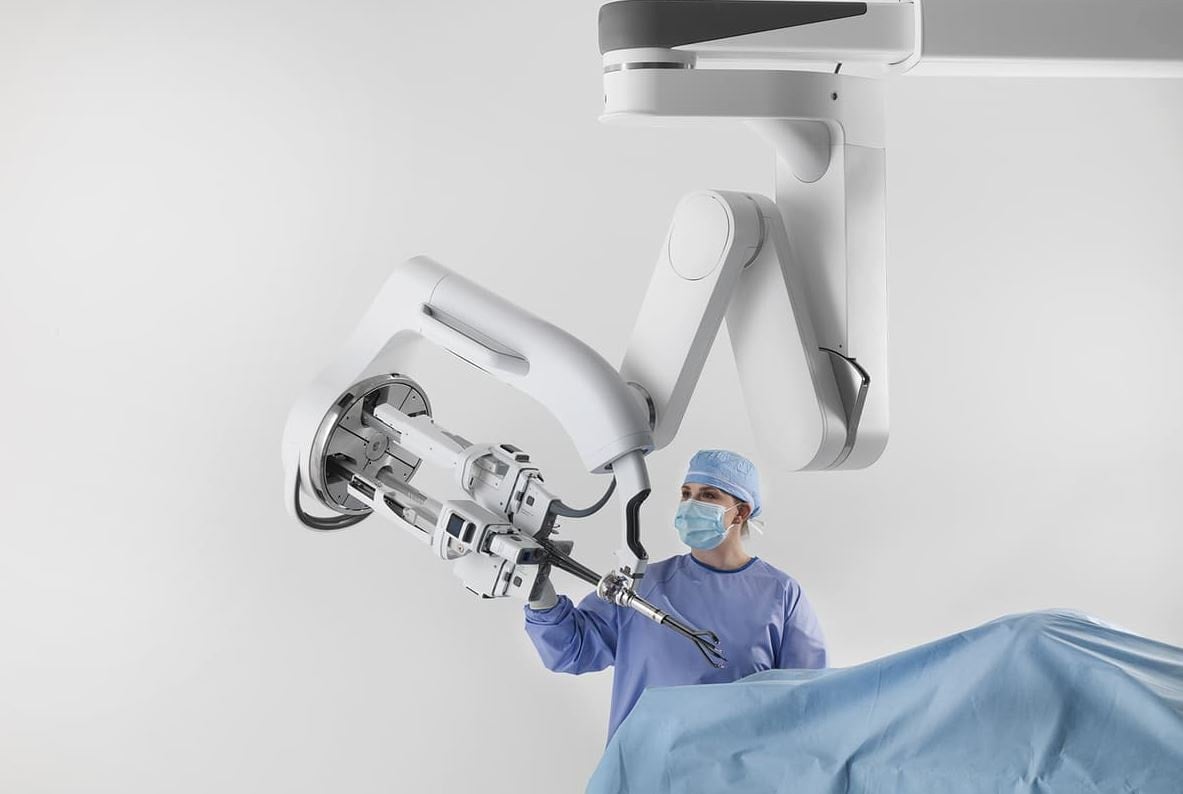
According to a report by Acumen Research, the global AI market in the healthcare industry is expected to grow to $8 billion by 2026. Within this, the medical robotics market, valued at $8.307 billion in 2020, is projected to reach $28.34 billion by 2026, representing a compound annual growth rate of 22.18% during the forecast period of 2021-2026. The increasing demand for precise and appropriate endoscopic surgeries, coupled with labor shortages, an aging population, and pressure from healthcare costs, are key factors driving this market growth.
Dr. Opfermann, who leads the research on autonomous surgical robots at Johns Hopkins University (USA), stated: "Currently, in surgeries, 83% of sutures are perfectly executed by the robot. In the future, I believe we can increase this rate to 97%. At that point, surgeons will no longer need to sit at a control panel; they will simply program the surgery, and the robot will handle the rest. It's not much different from sitting in a self-driving car; you just tell it your destination, and it will take you safely there."
Source: https://daidoanket.vn/thoi-cua-cac-the-he-robot-10298629.html







![[Image] Central Party Office summarizes work in 2025](/_next/image?url=https%3A%2F%2Fvphoto.vietnam.vn%2Fthumb%2F1200x675%2Fvietnam%2Fresource%2FIMAGE%2F2025%2F12%2F18%2F1766065572073_vptw-hoi-nghi-tong-ket-89-1204-jpg.webp&w=3840&q=75)













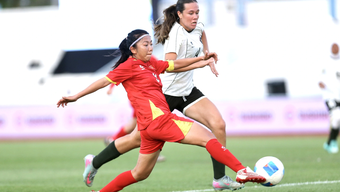











































































Comment (0)